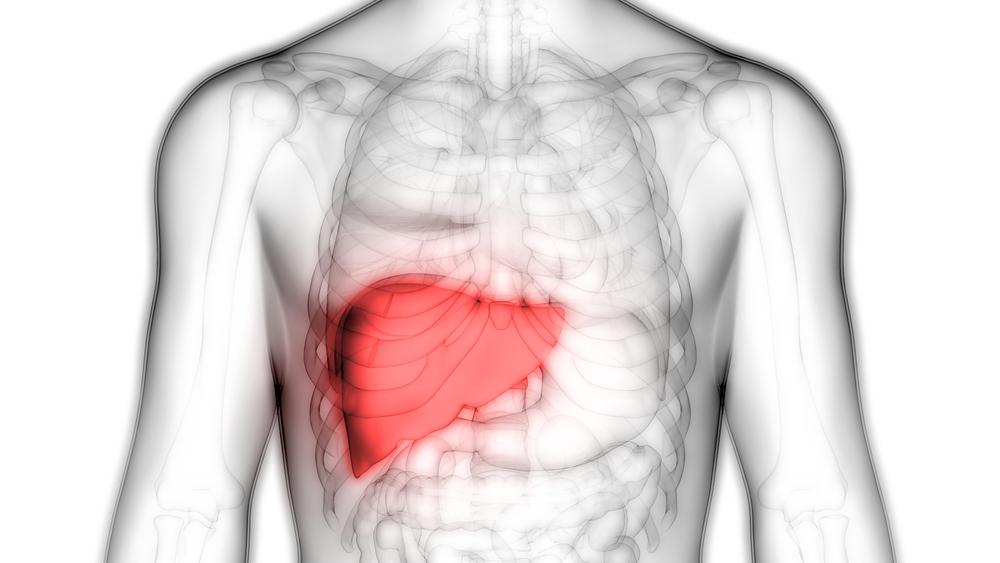#ISTH2020 – BioMarin’s Gene Therapy Drives Sustained FVIII Production

A single infusion of valoctocogene roxaparvovec, BioMarin Pharmaceutical’s investigational gene therapy, can lead to the sustained production of factor VIII (FVIII) in people with hemophilia A, according to a biopsy study that showed the presence of the treatment’s gene constructs in the liver over nearly four years.
Missing or defective FVIII, a clotting protein in the blood, causes the rare genetic disorder.
The study findings were presented at the 2020 Congress of the International Society on Thrombosis and Haemostasis by Sylvia Fong, PhD, researcher at BioMarin. Titled “First In Human Liver Biopsy Study Following Gene Therapy for Hemophilia A,” the presentation was given at the virtual congress, held online July 12-14.
Valoctocogene roxaparvovec, formerly known as BMN270, is an experimental gene therapy that uses an adeno-associated virus (AAV) vector called AAV5 to deliver a functional copy of F8 — the gene that provides instructions to make FVIII — to liver cells.
The treatment is currently under priority review by the U.S. Food and Drug Administration (FDA) as a therapy for people with severe hemophilia A. It also was granted accelerated assessment by the European Medicines Agency. If approved, it will be market as Roctavian. A decision by the FDA is expected by Aug. 21.
Previous findings from an ongoing Phase 1/2 trial (NCT02576795) in the U.K., involving patients with severe hemophilia A, showed that the therapy markedly reduced bleeding frequency and the need for factor VIII infusions. That trial is assessing the safety and efficacy of a single intravenous infusion — directly into the bloodstream — of valoctocogene roxaparvovec.
The treatment’s long-term protective effects are thought to stem from the continuous production of FVIII driven by having the therapy’s gene constructs in the liver. However, biopsies to confirm this assumption had not been conducted.
Now, Fong presented the findings of the first in-human liver biopsy study. It evaluated the presence of gene constructs in the livers of patients who had previously received a single infusion of valoctocogene roxaparvovec while participating in Phase 1/2 trials of the therapy.
The study focused on two patients. Patient one, age 25, received a single infusion of valoctocogene roxaparvovec at a dose of 6×1012 vector genomes per kilogram (vg/kg) and had a liver biopsy on week 201 post-treatment — at 3.8 years. Meanwhile, patient two — 37 years old — received a higher dose of the therapy (4×1013 vg/kg) and had a biopsy 140 weeks after treatment, or at nearly 2.7 years.
First, the patients’ liver tissues were examined to spot the presence of any signs of disease. Both individuals were found to have normal liver tissue architecture, with mild steatosis — fatty tissue accumulation — but no signs of steatohepatitis, or fatty liver disease, nor significant inflammation.
Then, the researchers used a technique called in situ hybridization to detect the therapy’s vector genomes, or artificial DNA, inside patient liver cells, called hepatocytes.
The results showed that 1.3% of hepatocytes in patient one and 32% in patient two contained vector genomes. In both patients, the distribution of hepatocytes containing the therapy was similar to what had been previously observed in primate models.
The levels of artificial DNA in the liver cells were directly correlated with the dose of valoctocogene roxaparvovec each patient received, the results also showed.
“In the two participants we analyzed so far, we showed direct evidence of dose-dependent transduction [introduction of artificial DNA] of human livers with valoctocogene roxaparvovec,” Fong said in an interview following her presentation.
“To us it is pretty amazing that these circular episomes [artificial genetic material] persist this long at such high quantities and can continue to express [produce] functional factor VIII protein,” she said.
A dose-dependent effect also was observed in RNA levels of the FVIII gene construct found in the liver biopsies. The patient who received the highest dose had more FVIII (7.67×102 copies/mcg) compared with the participant given a lower dose of valoctocogene roxaparvovec (6.77×104 copies/mcg). Of note, RNA is the molecule generated from a gene’s DNA sequence that serves as a template for the production of a protein.
“Here, we demonstrate persistent FVIII expression consistent with the presence of [artificial FVIII] DNA in human liver, nearly 4 years after a single [valoctocogene roxaparvovec] infusion,” the investigators wrote.
“Analyses are underway of additional participants across all doses with different FVIII activity level profiles, including participants with lowest FVIII activity level,” they wrote.






